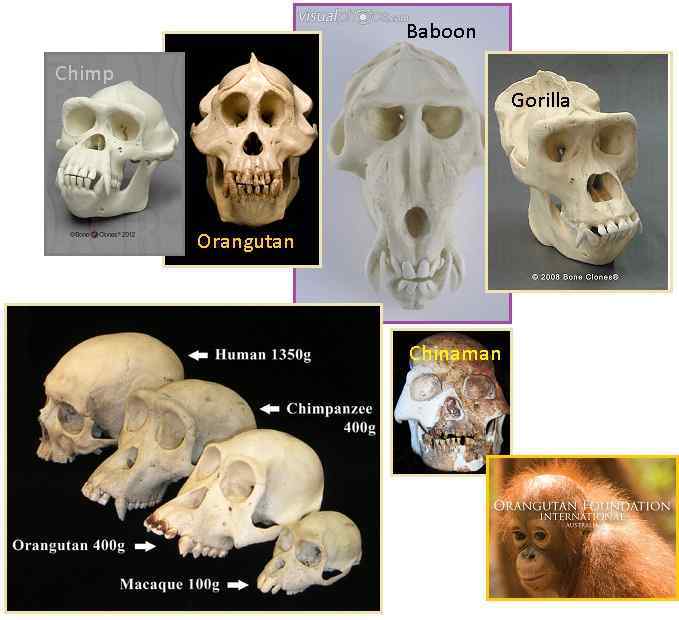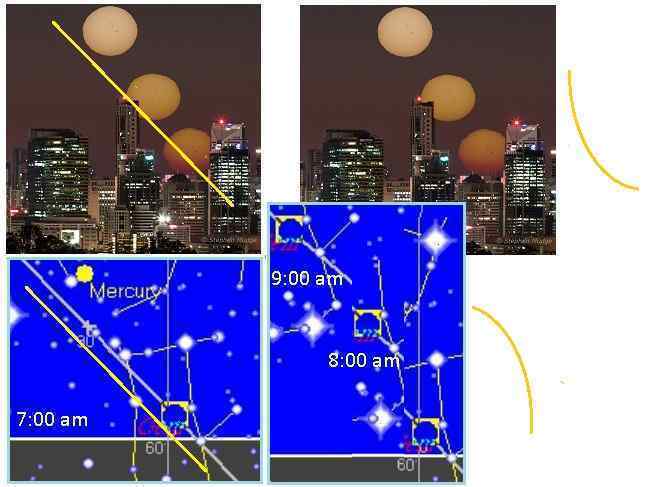
| |
 |
ZetaTalk Chat Q&A for July 12, 2014
Can this make people more STO? Reported less depressed and more optimistic. http://news.yahoo.com/scientists-magic-mushrooms-alter-mind-104344187.html [and from another] http://www.washingtonpost.com/news/to-your-health/wp/2014/07/03/psychedelic-drugs-put-your-brain-in-a-waking-dream-study-finds/ Psychedelic mushrooms can do more than make you see the world in kaleidoscope. Research suggests they may have permanent, positive effects on the human brain. In fact, a mind-altering compound found in some 200 species of mushroom is already being explored as a potential treatment for depression and anxiety. People who consume these mushrooms, after “trips” that can be a bit scary and unpleasant, report feeling more optimistic, less self-centered, and even happier for months after the fact. Our firm sense of self—the habits and experiences that we find integral to our personality—is quieted by these trips. Carhart-Harris believes that the drugs may unlock emotion while “basically killing the ego,” allowing users to be less narrow-minded and let go of negative outlooks. [and from another] http://en.wikipedia.org/wiki/Psilocybin_mushroom Psilocybin mushrooms have likely been used since prehistoric times and may have been depicted in rock art. Many cultures have used these mushrooms in religious rites. In modern societies, they are used recreationally for their psychedelic effects. The Spanish believed the mushroom allowed the Aztecs and others to communicate with "devils". The first mention of hallucinogenic mushrooms in European medicinal literature appeared in the London Medical and Physical Journal in 1799: a man had served Psilocybe semilanceata mushrooms that he had picked for breakfast in London's Green Park to his family. The doctor who treated them later described how the youngest child "was attacked with fits of immoderate laughter, nor could the threats of his father or mother refrain him." [and from another] http://www.rawstory.com/rs/2014/07/04/researchers-work-to-understand-how-psychedelics-affect-the-brain/ The team learned that high-level thinking associated with particular brain networks became unsynchronized and disorganized. This same area is linked in helping humans to perceive their sense of self. While at the same time we seem to lose ourselves in the psychedelic experience, areas of the brain associated with memory, emotion, arousal and creativity go into overdrive. The psilocybin actually brings these multiple regions into a state of synchronicity.

The effect of Magic Mushrooms, those with Psilocybin, are well known, and
their effect is not under question. Modern medicine has tranquilizers
which blunt anxiety, as does Marijuana. Psychiatrists and professional
interrogators use injections that loosen the tongue and release
inhibitions so the emotions can flow. Magic Mushrooms are no different.
Any reports that such temporary changes seem to be permanent is incorrect,
beyond that the brain may blow open pathways that had been blocked. This
is the goal of such psychiatric treatment, so amnesia can be eased and the
patient made whole again.
In that those under the influence of Magic Mushrooms find themselves “more
optimistic, less self-centered, and even happier for months “, does this
equate to a change in spiritual orientation? No. We have often stated that
fear leads to a Service-to-Self orientation, as someone in a burning
building is less likely to think of others when they are themselves on the
verge of burning. Yet those who are Service-to-Other will reach out to
help those closer to the fire, and those who are Service-to-Self will push
others aside in their dash to safety. This would be the case regardless of
whether these individuals are on Magic Mushrooms or not.
Individuals who are tightly controlling their emotions and thoughts,
either due to their upbringing or the culture they live in, will of course
find themselves happier when they are no longer emotionally repressed.
They will deal with less fear in that they will have discovered that they
are not damned to Hell, or divorced, or fired or imprisoned for their
emotions or thoughts. They will spend less time obsessively trying to keep
themselves under tight control, and thus seem less self-absorbed. This
realization can be lingering. But the core orientation of the soul has not
changed, and when fire breaks out in the building, this would be shown to
be the case.
Would the Zetas care to elaborate on the so-called Red Deer Cave People whose archeological remnants discovered in southwest China date back 3 to 4 pole shifts (11,000 to 14,000 years ago) suggest a new species of human existed long before Neanderthals? Are these the remains of China Man as described by the Zetas and what prompted their demise? [and from another] http://www.smh.com.au/entertainment/tv-and-radio/enigma-man-may-be-new-human-species-that-lived-until-11000-years-ago-20140616-zs9dz.html#ixzz36rrOYxM7 Their study of ancient human remains found in a remote cave in South-west China looks at the idea there may have been another species of human existing alongside our ancestors as recently as 11,000 – 14,000 years ago. [and from another] http://en.wikipedia.org/wiki/Red_Deer_Cave_people Fossils dated between 14,500 and 11,500 years old were found in Red Deer Cave and Longlin Cave in China. Having a mix of archaic and modern features, they are tentatively thought to be a separate species of humans that became extinct without contributing to the gene pool of modern humans. The Red Deer Cave dwellers had the following distinctive features that differ from modern humans: flat face, broad nose, jutting jaw with no chin, large molars, prominent brows, thick skull bones, and moderate-size brain [and from another] http://frontiers-of-anthropology.blogspot.com/2012/03/red-deer-people-of-sundaland.html One partial skeleton, with much of the skull and teeth, and some rib and limb bones, was recovered from Longlin cave in Guangxi province. More than 30 bones, including at least three partial skulls, two lower jaws and some teeth, ribs and limb fragments, were unearthed at nearby Maludong, or Red Deer Cave, near the city of Mengzi in Yunnan province. The discovery of the Red Deer Cave people shows just how complicated and interesting human evolutionary history was in Asia right at the end of the ice age. We had multiple populations living in the area, probably representing different evolutionary lines: the Red Deer Cave people on the East Asian continent, Homo floresiensis, or the 'Hobbit', on the island of Flores in Indonesia, and modern humans widely dispersed from northeast Asia to Australia. This paints an amazing picture of diversity, one we had no clue about until this last decade.

At the start of the ZetaTalk saga we described the six
races of man that were genetically engineered in the past, all
having a different base ape. As we detailed recently re the Homo
Habilis found in the Himalayas, mankind’s assumption that early man
emerged in Africa and migrated from Africa to other parts of the globe is
wrong. The Homo Habilis remains were dated to be over a million years old,
but the Red Deer Cave remains are as recent as 11,000 years old. These are
not the same branch of early man, nor related by base ape or genetic
engineering epoch. Nor are either related to the current population of
Chinese, though drift from one gene pool to another always occurs to some
degree.
Genetic engineering projects always had individuals that became isolated
from the main pool, and thus remained at an earlier stage. Bigfoot
is one such example, essentially an interim version of early man which was
deliberately separated to give a transplanted group of souls a primitive
existence, at their request. Did the Red Deer Cavemen not interbreed with
the evolving Chinaman? Such isolated instances almost invariably die out,
losing out during the competition for food and territory to the more
advanced version of early man. Was the Red Deer Caveman essentially early
Chinaman? Yes, though there was scant interaction between the two groups,
as there is scant interaction between modern man and Bigfoot today.
We stated that the six races of man all had a different base ape, though
most of these base apes have morphed or died out over time. But in looking
at the distinctive flange on the cheekbones of the Red Deer Cave hominoid,
one can only see one candidate that would apply as the base ape for
Chinaman. The Chimp has these flanges but evolved in Africa, and is too
belligerent. Likewise the Baboon. The Gorilla has a placid temperament but
does not have the flanges. But look at the Orangutan, an ape from
southeast Asia, with distinctive flanges, a broad jaw, intelligence, and a
placid nature!
Would the Zetas care to comment on this article on Space Weather, more specifically on the angle of the sun in the photograph. The photo was taken yesterday, by Stephen Mudge of Brisbane, Australia. When a compass is overlaid on the photo, it appears to be tilted at a 40 degree angle. Since the sun has not tilted to that degree (at least that we're aware of), has the earth tiled even more than we know? Below is the SDO/AIA 1700 capture of how the sun spots would appear in the Northern Hemisphere, as of today. Obviously, Australia would see this as 180 degrees/upside down. http://sdo.gsfc.nasa.gov/data/ [and from another] http://spaceweather.com/archive.php?view=1&day=09&month=07&year=2014 Astrophotographers around the world are snapping pictures of this week's large sunspots. "After taking some sunspot images yesterday afternoon, I was thinking that it would be nice to capture the spotty Sun at sunrise," says Stephen Mudge of Brisbane, Australia. "And then I thought it would be even nicer if that sunrise was behind the city buildings. So after a bit of time studying Stellarium and looking at maps, and then a quick reconnaissance drive, I settled on Green Hill Reservoir as a suitable location for a photo shoot." This was the result.

Since the Earth is tilted at an angle, the Ecliptic, the Sun’s middle, is
not seen as a line straight across the sky except perhaps at high noon. In
the Northern Hemisphere, the Sun may rise in the East and set in the West,
but during the day the Sun is found further to the South in the sky than
where it rises and sets. In the Southern Hemisphere, this is reversed. In
the Southern Hemisphere, the Sun may rise in the East and set in the West,
but the Sun will veer to the North
for its apex. In the photos, placed against a static backdrop, the Sun can
be seen holding too far to the South
from what is expected.
The Earth wobble is such that when the magnetic N Pole of Earth comes over
the horizon the globe gets a polar push, pushing the N Pole of Earth away
to avoid the blast from the N Pole of Planet X. This is when the Sun is
high over the Pacific, or dawn in Australia. Thus as Australia is moving North at that time, the Sun overhead
seems to be curving too far to the South. Those familiar with these
mechanics know they can check with a planetarium program such as Skymap to
ascertain the expected angle of the Ecliptic from any place, at any time,
which is what Nancy has done to examine the time-lapse photo from
Australia. The Sun rising along the Ecliptic shows the Earth at an
improper angle – the wobble captured in action.